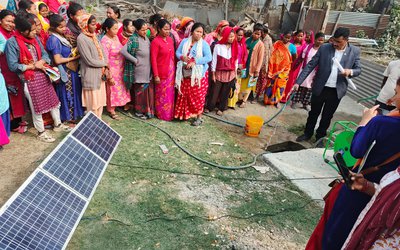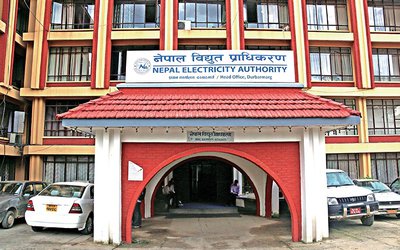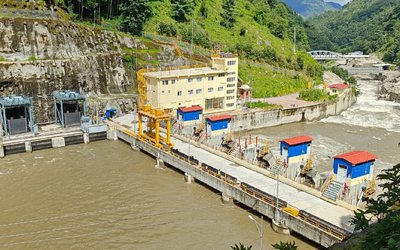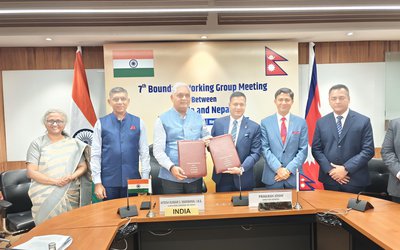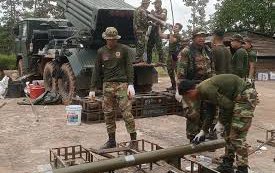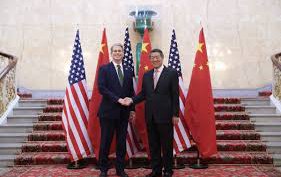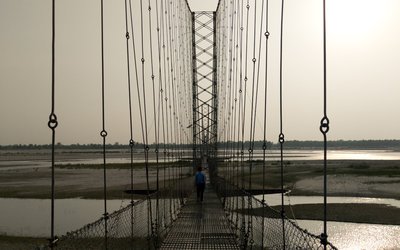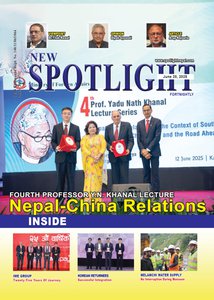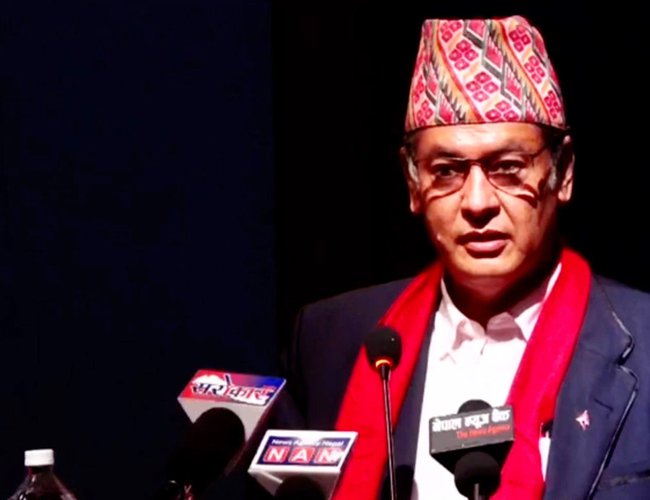
Hitendra Dev Shakya, Managing Director of the Nepal Electricity Authority (NEA), has stated that the authority is currently in a difficult situation. While addressing a program held in Kathmandu on Friday on the occasion of the 13th General Convention of the Nepal Electricity Authority Employees' Union, Shakya said that the challenges in maintaining efficient service delivery stem not from financial losses but from weak infrastructure.
According to Shakya, the current transmission and distribution systems are unable to handle the load. The NEA has been pushed into a difficult position due to these weak systems. He mentioned that investments in electrical infrastructure have been insufficient and emphasized the urgent need for more investment.
He posed the question, “If we are facing problems with 3,500 megawatts, what will happen when we aim to reach the target of 28,500 megawatts?” Shakya stressed that the NEA must be strengthened until at least 10,000 megawatts are achieved.
He said, "The Nepal Electricity Authority is currently in a difficult situation. This is not because it has gone into loss, but because it is in a compelling position to move forward. The government has set a target of 28,500 megawatts for progress and development. At present, our transmission and distribution systems cannot handle even 3,500 megawatts. Our system is that weak. There are frequent trips in the system. Today, a tree fell and a transmission line tripped. The system is tripping. Why couldn’t we make it stronger? Our financial condition and the required investment have been insufficient.”
As Nepal transitions from a least developed country to a developing one, Shakya said it will become harder to secure low-interest loans, making it challenging to build transmission and distribution lines. He added that without foreign aid, the NEA alone cannot sustain the sector and urged private sector cooperation.
- Nepal Investment Mega Bank Limited Launches 'Instant EMI' Facility For the First Time in Nepal
- Jul 30, 2025
- GIZ 50 Years Partnership: Energizing Nepal’s Energy Sector
- Jul 30, 2025
- Prime Minister Inaugurates Rani Jamara Kulariya Irrigation Three Years After Completion
- Jul 30, 2025
- Nepal-India Border Working Group Meeting Agree On Inspection And Maintenance e Work Of Pillar
- Jul 30, 2025
- Weather Forecast: Generally Cloudy Across The Country Possibility Of Moderate Rain In Hilly Regions Inclding Sudurpaschim Province
- Jul 30, 2025

